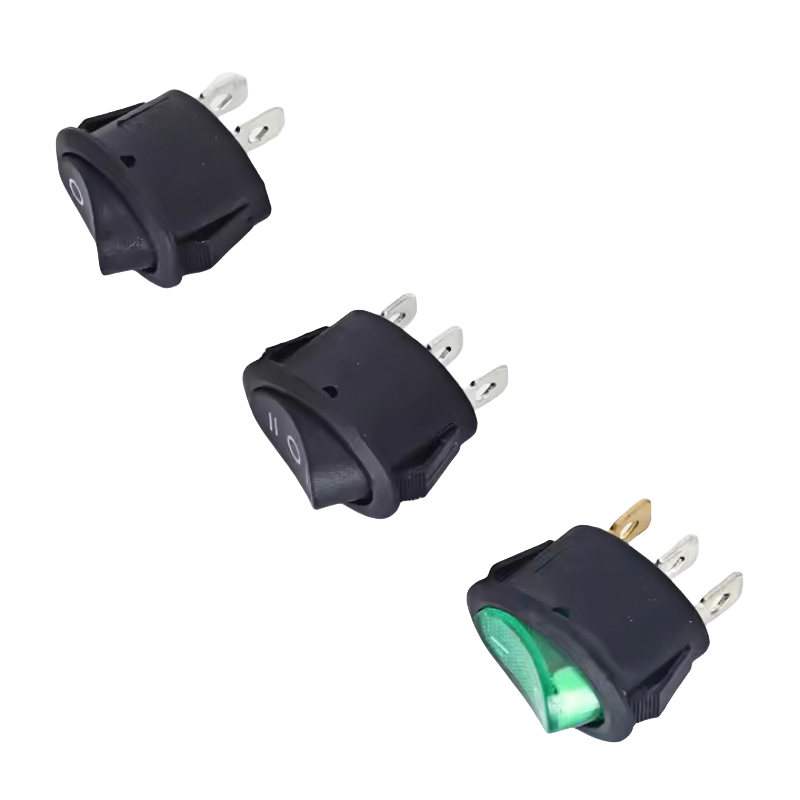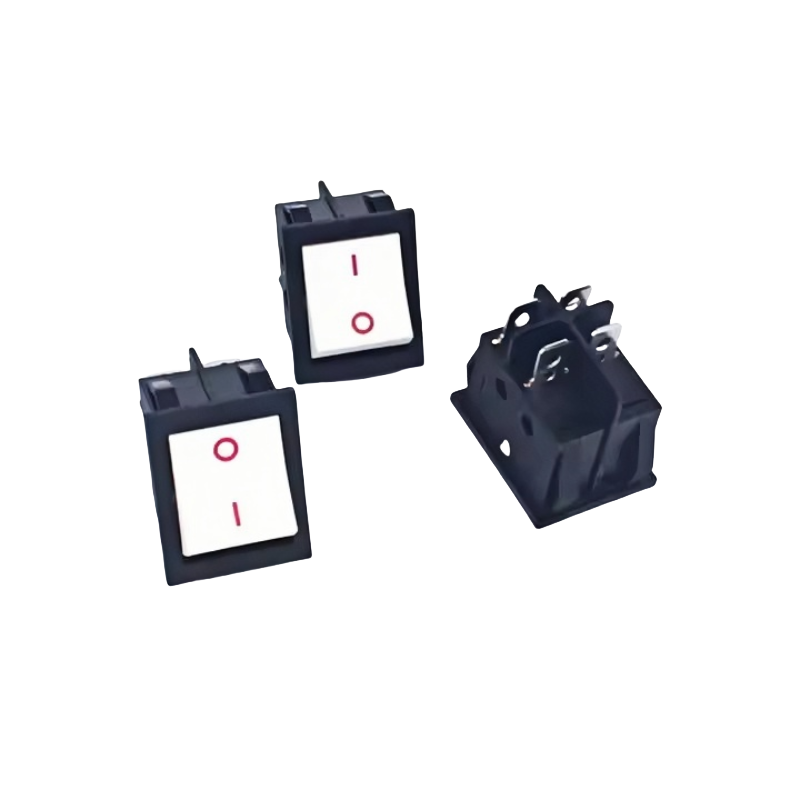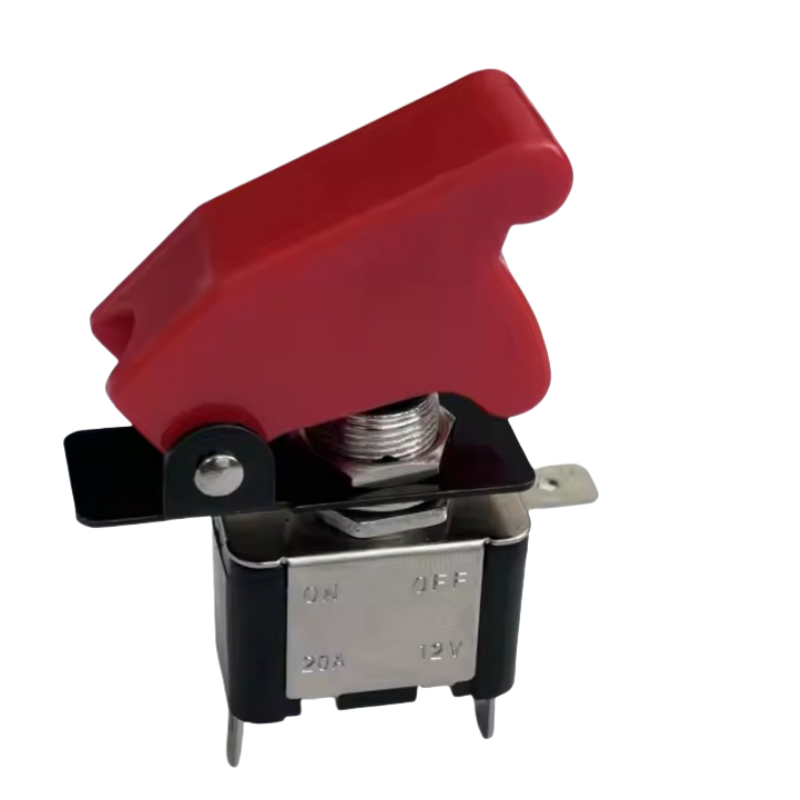Matching the Switch to the Mission
Choosing a metal push button switch isn’t just about picking a shiny button. It’s an engineering decision impacting safety, reliability, usability, and product lifecycle. This guide focuses on the critical selection criteria, installation nuances, common challenges, and emerging trends to ensure your metal switches perform flawlessly in the harshest conditions.
1. Deep Dive: Selection Criteria – Beyond the Basics
* Application Environment: The Dictator:
* Industrial: Vibration, dust, moisture, oils, chemicals (IP67/IP69K common). High cycle life. E-Stop compliance (ISO 13850).
* Medical: Sterilization (autoclave, chemicals), hygiene, low force, quiet operation. Anti-microbial finishes.
* Transportation (Auto/Marine/Aero): Extreme temperatures (-40°C to +125°C+), vibration, salt spray, fuel/oil resistance. SAE/USCAR, AEC-Q200 standards.
* Outdoor/Public: UV resistance, weatherproofing (IP67+), vandal resistance, wide temperature swings.
* Food & Beverage: Washdown (IP69K), chemical resistance (caustics, acids), hygienic design (no crevices), NSF compliance.
* Electrical Load Characteristics:
* Resistive Loads (Heaters, Lamps): Easier on contacts. Match current rating.
* Inductive Loads (Motors, Solenoids, Relays): Cause arcing and contact wear on break. Requires higher current rating (derating!) or arc suppression (RC networks, varistors). Inrush currents matter.
* Low-Level Signals (Logic, PLC Inputs): Need gold-plated contacts to prevent oxidation and ensure reliable low-current conduction.
* User Interface & Ergonomics:
* Actuation Force: Light touch (medical, consumer) vs. firm (glove use, anti-accidental).
* Tactile Feedback: Essential for confirmation without looking (snap-action preferred).
* Button Size & Shape: Glove compatibility, accessibility, panel space.
* Color & Legending: Status indication, intuitive operation. Backlighting needs.
* Regulatory & Safety Compliance:
* UL/CSA/ENEC: Electrical safety standards.
* IEC 61058: Specific standard for switches.
* IP Ratings: Mandated by environment.
* *ISO 13850 (E-Stop):* Requires positive operation, latching, mushroom head, red/yellow background. Must be NC circuit.
* FDA/NSF: For medical/food contact.

2. Mounting Methods & Panel Integration: Ensuring Reliability
* Panel Thickness & Material: Metal switches require precise cutouts. Specify switch compatibility (e.g., 1-6mm steel).
* Mounting Styles:
* Threaded Nut/Bushing: Most common. Secures via front panel. Requires access behind panel for tightening.
* Snap-In: Quick installation from the front. Relies on plastic tabs – less secure/vibration-resistant for metal switches.
* PCB Mount: Terminals directly soldered to PCB. Minimizes wiring but transfers vibration/stress to PCB.
* Flange Mount: Secured by screws through a flange. Very robust for heavy use/vibration.
* Sealing Integrity: Proper gasket compression is vital. Flat panel surface, correct tightening torque (avoid over-tightening!), clean surfaces. Use of thread sealant (Loctite) on nuts.
* EMI/RFI Shielding: Metal housings naturally provide shielding. Ensure good electrical contact (grounding) between switch housing and panel.
3. Wiring & Circuit Design Considerations
* Terminal Types & Wire Gauges: Match lug size to wire. Avoid stressing solder joints.
* Strain Relief: Critical for applications with vibration/movement. Use cable clamps near the switch.
* Contact Bounce: Mechanical switches physically bounce upon closure, causing rapid on/off transitions. Mitigate with:
* Hardware Debouncing: RC filters, Schmitt triggers.
* Software Debouncing: Timing delays in microcontrollers (most common modern approach).
* Arc Suppression (for Inductive Loads):
* RC Snubber Networks: Absorb energy across contacts opening.
* Varistors (MOVs): Clamp voltage spikes.
* Flyback Diodes (DC): Provide a path for inductive kickback current. Essential for protecting contacts and downstream electronics.
* Grounding: Ensure metal housings are properly grounded for safety and shielding.

4. Common Failure Modes & Prevention Strategies
* Contact Welding/Failure: Caused by excessive inrush current, arcing (inductive loads), or overload. Prevention: Correct derating for inductive loads, arc suppression, use higher-rated switch.
* Corrosion: Moisture ingress, harsh chemicals. Prevention: Correct IP rating, stainless steel housing/cap, quality seals, conformal coating on internals/PCB.
* Mechanical Binding/Wear: Dirt ingress, seal failure, spring fatigue. Prevention: Adequate IP rating, quality internal materials/lubricants, avoiding excessive force.
* Loose Mounting: Vibration causing switch movement, broken connections. Prevention: Correct mounting style (threaded/flange > snap-in), lock washers, thread locker, proper torque.
* Legend Wear: Frequent cleaning, abrasion. Prevention: Laser etching with infill, durable coatings.
5. Specialized Types & Configurations
* Emergency Stop (E-Stop): Mandatory latching (mushroom head), red/yellow, requires positive operation, NC contacts (failsafe), ISO 13850 compliance.
* Keylock Switches: Prevent unauthorized operation.
* Illuminated Variants: Multi-color LEDs, complex legends, uniform backlighting challenges.
* Explosion-Proof (Hazardous Locations): Certified enclosures (ATEX, IECEx) to contain internal sparks.
* Anti-Vandal Switches: Reinforced construction, tamper-proof designs (often flush or recessed).
6. Future Trends & Innovations
* Integrated Electronics: Switches with built-in logic, LEDs, or communication (e.g., IO-Link) for status reporting and diagnostics.
* Enhanced Materials: New alloys, coatings for extreme chemical/temperature resistance, improved antimicrobial properties.
* Miniaturization: Maintaining robustness in smaller footprints for compact devices.
* Advanced Sealing: Improved materials and designs for longer life in washdown/immersion.
* Haptic Feedback Integration: Simulating different tactile sensations electronically.
* Sustainability: Focus on recyclable materials and longer service life.

Engineering for Resilience
Selecting and implementing metal push button switches is a critical engineering task demanding careful consideration of the operating environment, electrical demands, user interaction, safety standards, and mechanical integration. By understanding the potential failure modes, employing proper installation and circuit protection techniques, and staying informed about innovations, designers and engineers can leverage the inherent robustness of metal switches to create interfaces that perform reliably for years, even in the most demanding applications. The upfront investment in the right switch and its correct implementation pays dividends in reduced downtime, enhanced safety, and long-term product integrity.



